This post may contain affiliate links. Please read my privacy policy.
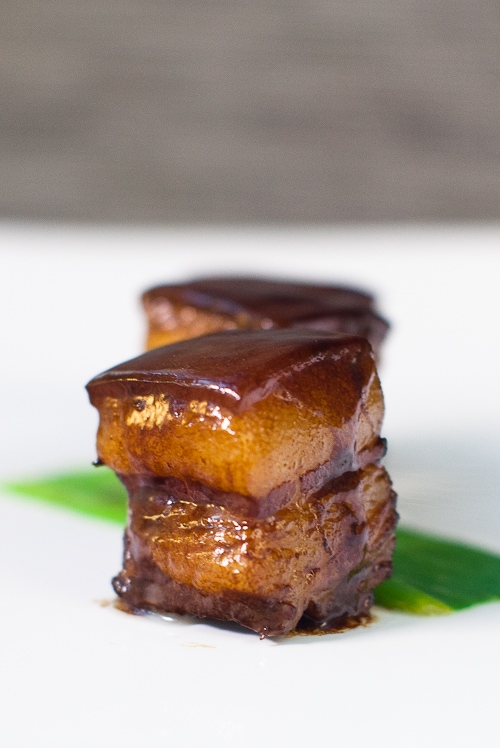
Table of Contents
FREE EMAIL BONUS:
My Most Popular Chinese Recipes ❤️
Tips, tricks, and recipes for perfect Chinese dishes
FREE EMAIL BONUS:
My Most Popular Chinese Recipes ❤️
Tips, tricks, and recipes for Chinese dishes
Easy red-cooked pork recipe that is tasty and authentic.
Shanti is a good friend of mine, we met each other through her husband Peikwen Cheng—my ex-colleague and the most talented photographer I know.
Based in Beijing, Shanti travels all over China meeting with local families to learn about authentic home-style Chinese cooking.
Her many journeys are documented on ShowShanti.
If you’re a fan of local culture and story-telling, you have to check out ShowShanti.
Don’t miss this scrumptious red-cooked pork belly recipe, which she learned from real Chinese home cooks in China, and remember to start following her adventures on ShowShanti.com.

When I first came to China, I didn’t know about Chinese food any more than what I had eaten at countless Chinese restaurants in California.
Typical dishes my family and I would order included egg flower soup 蛋花湯, barbecued-pork steamed buns 叉燒包, spareribs in black bean sauce, barbecued pork, roast pork, Cantonese roast duck, glutinous rice stuffed with pork and steamed in lotus leaves 糯米雞, Ma Po tofu, and pork fried rice.
Those dishes were a great beginning for my American Chinese food repertoire.
Upon living in China, I encountered many more dishes; too many to list and yet so many more to try.
The dish that quickly made an impression on me was hóngshāo ròu (红烧肉, red-cooked pork belly)—cubed cuts of pork belly braised in soy sauce and fragrant spices with fat that tenders the lean and falls apart in the mouth.
The savory-sweet combination seduces the taste buds, rendering me addicted to this dish for life.
As I write this, I wonder, “Is it time for me to stew another pot of this simple dish that waited nearly three decades to find my appetite?”
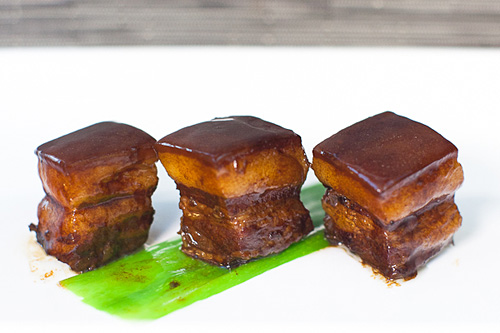
I learned a version from one Shanghai family (Chen Chen’s hóngshāo ròu recipe) that had neither chili nor spice; I felt something was missing.
I’d learned hóngshāo yu (red-cooked fish), hóngshāo shanyu (red-cooked eel), hóngshāo tuji (red-cooked organic chicken), and hóngshāo zhuti (red-cooked pig’s feet); all of which included fragrant spices like star anise, chilies, Sichuan peppercorn, cassia bark, and black cardamom.
I prefer hóngshāo ròu with chilies, Sichuan peppercorn, star anise, and cassia bark. Hóngshāo ròu is a simple dish and deserves every spice and minute you can give to its perfection.
After making different variations of hóngshāo ròu, I have decided upon a medley of flavors that makes my own family claim this recipe a favorite.
As with all home-style recipes, you learn someone’s original recipe then you make it your own.
Stick to my recipe a few times then stray with the muse of your own taste buds.
Serve hóngshāo ròu with rice and Chinese broccoli.
For more Chinese pork belly recipes, check out my Braised Pork Belly (Dongpo Rou) recipe.
Enjoy!
How Many Calories per Serving?
This recipe is only 132 calories per serving.
What Dishes to Serve with This Recipe?
For a wholesome meal and easy weeknight dinner, I recommend the following recipes.
Red-cooked Pork Belly
Equipment
- 1 Clay pot or Dutch oven
Ingredients
Parboil
- 1 kg (2 lb) pork belly
- 150 g (5 oz) ginger, sliced
Braise
- 2 tablespoons peanut oil
- 1 tablespoon sugar
- 90 g (3 oz) large scallion, white part cut into 3-inch pieces
- 3 dried red chili peppers
- 1 teaspoon red Sichuan peppercorns
- 2 tablespoons Shaoxing cooking wine
- 2 tablespoons dark soy sauce
- 1 star anise
- 1 inch (2.5cm) 2 cm piece cassia bark or cinnamon bark
- 1 teaspoon salt
- 1 cup water
Instructions
Parboil
- Bring a pot of water to boil. Immerse the entire slab of pork belly with ginger. Remove any scum that surfaces. After five minutes, discard water and rinse meat and ginger with cold water. Slice pork belly into 1-inch (2.5cm) cubes.
Braise
- Heat cooking oil and sugar in a clay pot over low flame and let the sugar begin to melt. Toss in the pork pieces and ginger with scallion, chili peppers, Sichuan peppercorns and brown over high flame. Add Shaoxing wine and dark soy sauce while continuing to stir fry. Add salt, star anise, cassia bark and water. Bring to a gentle boil then simmer over lowest flame, covered, for at least 2 hours. Stir occasionally.
- Serves 6-8 people with a dinner serving 6-8 dishes.
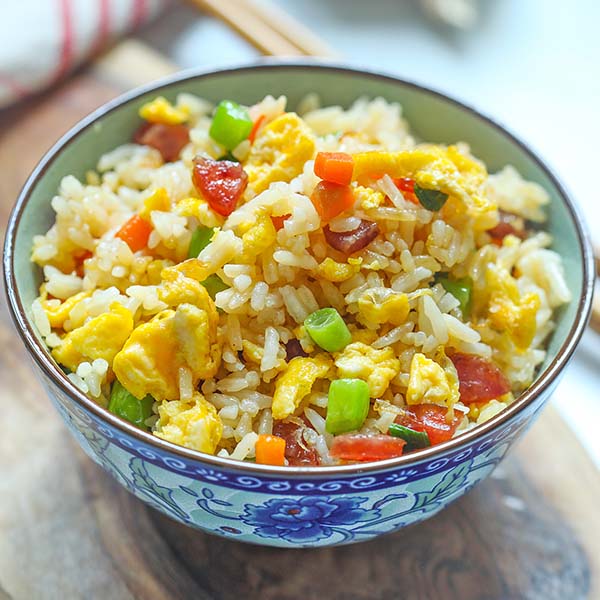
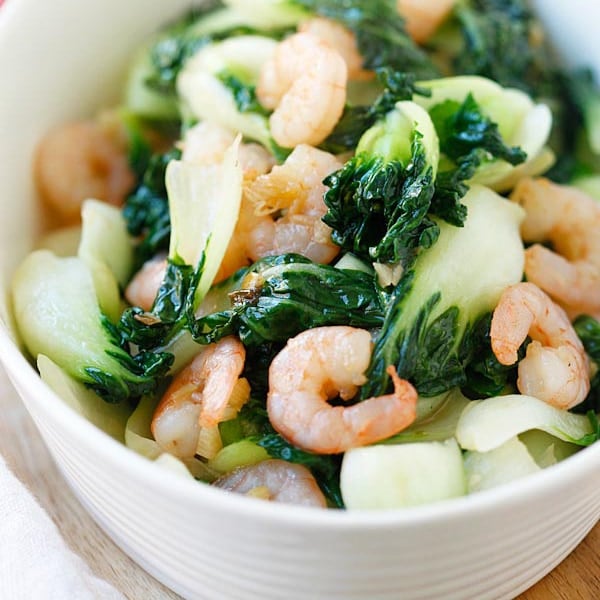
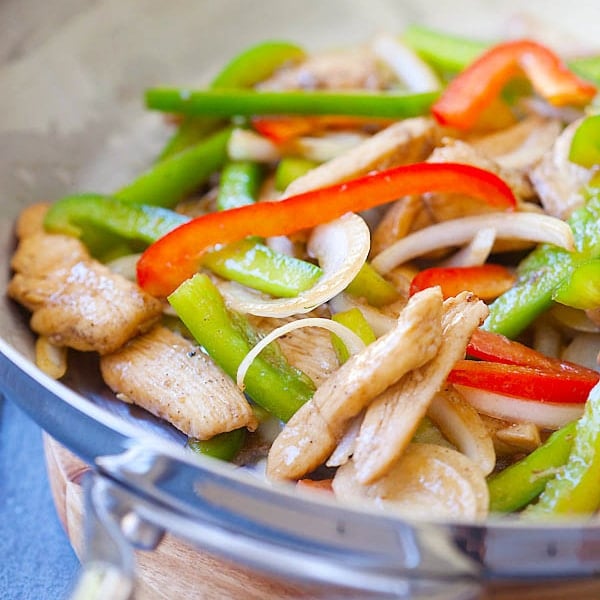
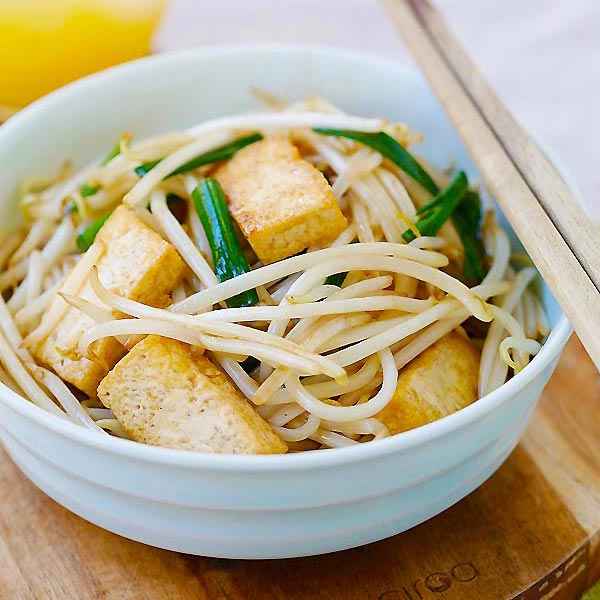
This recipe seems very similar to Dong Po Rou?
Yes, it’s faster.
When do I add in the water???
Sorry found it…hehe
Eleven inch of cassia/cinnamon bark? So much? Is this a typing error or is it the correct amount?
It’s 1 inch. Sorry for the typo.
Very nice, what do you serve to it rice or??
Best regards Peter Sørensen
Yes steamed rice.
The succulent meat made me wanted to try out. But there are so many methods which I dont know which one to follow. I followed the recipe here. It is a seller. My boy had 2 bowls of rice with it. I did not have the time to braise so moved the meat to pressure cooker for 20min on high. Thanks.
That’s a great idea. :)
I have made this dish several times and love the taste and really like the fat layers – I’m not one of those people who shuns fat. I eat quite a lot of it in fact. But the meat layer is dry and on the tough side. I have cooked it on very low, slow heat in a heavy bottom pot for a long time. I have cooked it in a pressure cooker – again low heat. I have tried slab cuts, and thick rasher cuts (like very thick bacon). Same result every time. Is the last bottom (furthest from the skin) thick meat strata supposed to be on the dry side? Please help.
The trick to moist succulent meat is to braised it initially WITHOUT SODIUM – sodium in salt and soy sauce draws out the moisture. So, braised with all the ingredients as given in the recipe for at least one hour, add the soy sauce and salt, then continue the braising. This technique is used in Kakuni, the braising of Japanese pork belly, and it works very well here too. Try it. ^^
Thanks for the tips. :)
Oh wow, I’m really surprised you have done a recipe on red cooked whole fish yet! Classic homemade food in Chinese homes :)
Omg, don’t forget you can also add white turnip and eggs to the mix while braising too. So much yum!!
Can substitute Sichuan peppercorn with white peppercorn?
Yes but don’t taste the same.
You can replace Sichuan peppercorns with black peppercorns, coriander seed and and some lemon zest
Have you tried this while gently smoking the pork as prior to braising? I have had Dong Po and Hong Shao before, and I think it might work but was wondering if anyone has tried that approach.